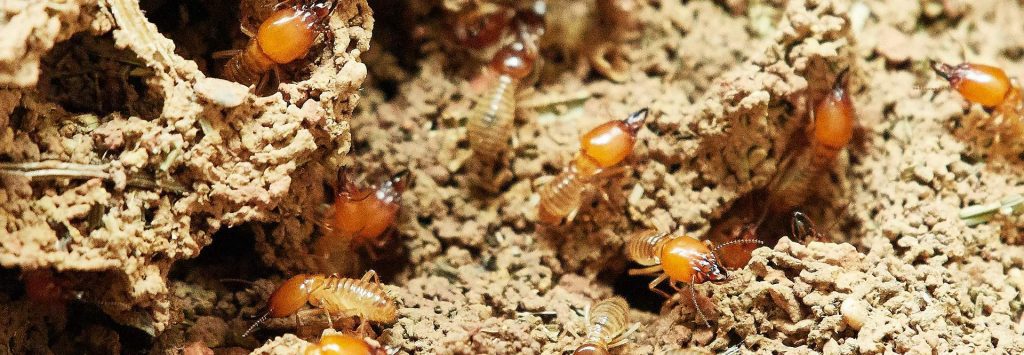
When considering the quintessential pest control service, my mind is often taken to fantastic dramatizations. I think of the two brothers driven insane by the single mouse and Christopher Walken’s failed extermination effort in Mouse Hunt or the elaborate rodent traps set to protect the home in Over the Hedge. I think of cartoon swarms of termites moving from tree to tree or structure to structure leaving nothing but a barren waste in their path. Often, the most extreme pest issues feel far away because of fantastical and humorous portrayals of them. The problems seem distant but insurmountable.
For me, termites, and other pests that destroy for that matter, were always a pest that gave me that feeling. The idea of a termite destroying my house was haunting, but I never dwelled on that idea because I was convinced that there was no such possibility. Ironically, one of the first jobs I helped with was a termite job here in the Treasure Valley! Wood destroying organisms are part of the natural process of life, death, and rebirth, however, issues with these pests can be prevented and, in extreme cases, effectively treated.
Two of the more common wood destroying organisms in the Treasure Valley are carpenter ants and subterranean termites. Both are primary wood destroyers (i.e. they can destroy wood without the introduction of additional moisture) but have very different purposes for the wood they use. Carpenter ants are larger than ants that people are used to seeing. Colonies take a long time to develop and often do so in old stumps before branching out to search for additional food sources. Unlike termites, they do not feed on wood, but carve intricate galleries in it that they use for nests. Because colonies are often established in old stumps or other rotting wood, prevention includes removing any old tree stump within 100 yards of the structure. In most cases, treatment is as simple as treating trails of ants or around the home when activity is observed.
Subterranean termites are ferocious scavengers always looking for their next meal. They establish large colonies in the ground and then send out workers to look for any food source possible. However, they require an environment that is damp and humid to survive in and hate light, making excursions above ground impossible without building structures out of mud to maintain that environment – mud tubes. When deciding if there is an active problem, mud tubes on both the inside and outside are a key indicator of fresh or old activity. Prevention includes making sure there is no contact between dirt and any structural wood and maintaining a proper level of moisture in enclosed areas, including crawl spaces. However, termite issues can be treated. That same building where I helped perform a termite treatment on my first day is now termite free.
If you think you are experiencing a termite or carpenter ant issue or you need a termite inspection for a home loan, give a Barrier Pest Control a call! We can come and do an inspection and perform treatment as necessary.
